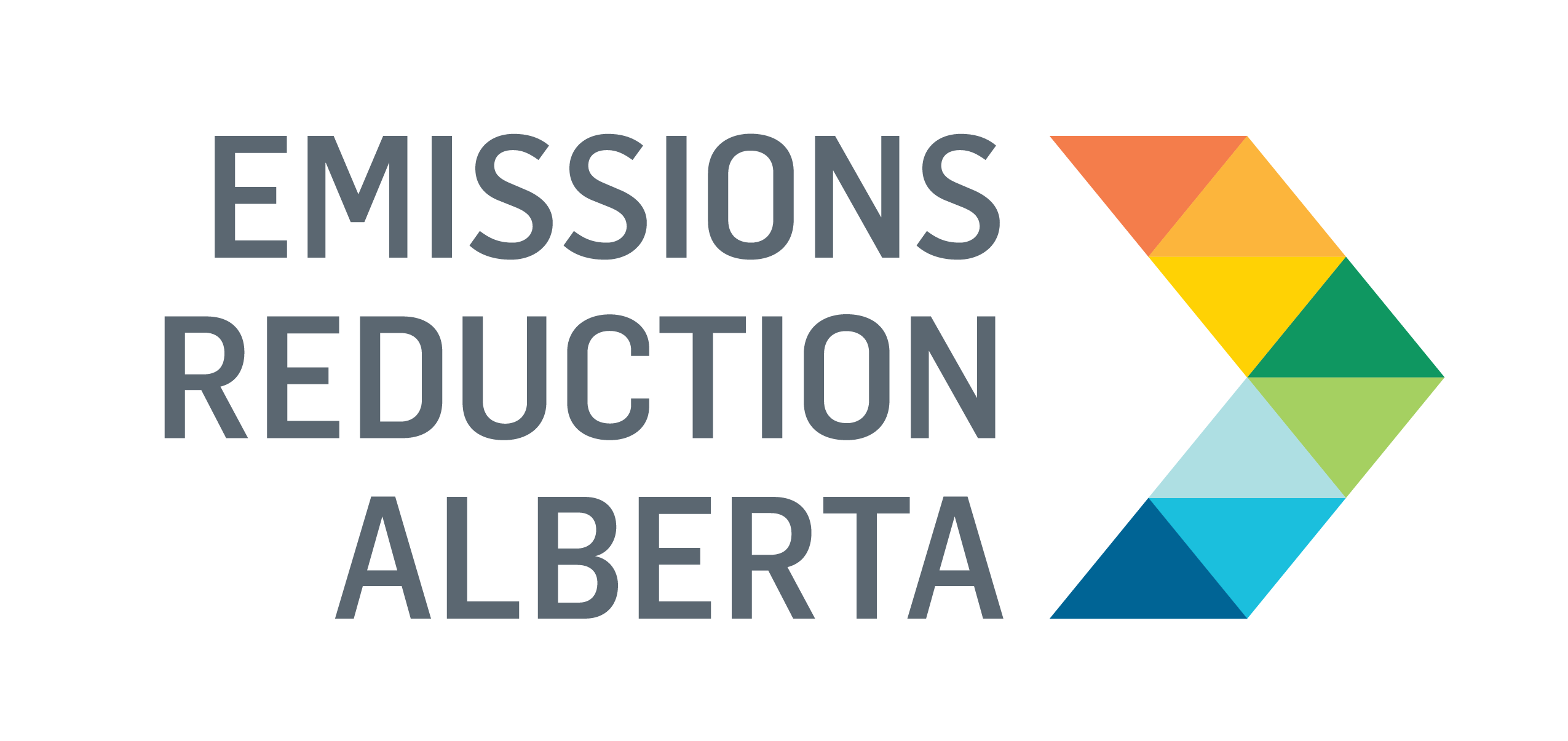It takes more than a good idea to develop breakthrough technologies that have the potential to transform Alberta’s oil sands development. Learn from experts who share their unexpected lessons learned on their way to developing game-changing innovation resulting in meaningful emissions reduction.
Emissions Reduction Alberta’s latest Lessons Learned Workshop focused on in situ investments in Alberta’s oil sands. The Workshop explored learnings from projects we have supported that will change Alberta’s energy future.
For the discussion, the Canadian Heavy Oil Association (CHOA) joined experts from Imperial Oil, ConocoPhillips, and MEG Energy as they talked about the business case for their in situ oil sands projects, as well as the market potential of current and future technologies. They shared knowledge and their own insights related to project development, execution, and what’s next for in situ technologies.
If you are a technology developer, industry member, investor, or government employee who is interested in oil sands in situ technology; have a project in progress; or are pursuing this type of project in Alberta; this workshop is for you.
AGENDA
Welcome remarks
Emissions Reduction Alberta: Mark Summers, Executive Director, Technology and Innovation
Presentations
Imperial Oil Resources: Cheryl Trudell, Vice-President, Upstream Research
ConocoPhillips: Julian Ortiz, Technology Project Integration Manager
MEG Energy: Kyle Thacker, Reservoir Engineering Lead
Canadian Heavy Oil Association (CHOA): Carrie Fanai, Board Member, and Program Lead, Bitumen Value Chain Optimization, Enterprise Technology at Suncor Energy
Panel discussion and audience Q&A
WATCH THE WORKSHOP PRESENTATIONS
Emissions Reduction Alberta: Opening remarks, Mark Summers, Executive Director, Technology and Innovation
Followed by
Imperial Oil Resources: Cyclic Solvent Process, Cheryl Trudell, Vice-President, Upstream Research
This project piloted a 3-well field demonstration of a new in-situ bitumen recovery process using the injection of a liquid solvent followed by a recovery process that has the potential to result in a 75 per cent decrease in GHG intensity of in-situ recovery.
ConocoPhillips: Non Condensable Gas Co-Injection Pilot for Thief Zones, Julian Ortiz, Technology Project Integration Manager
To overcome an increase in natural gas combustion for steam generation this project is testing the injection of a non-condensable gas mixed with steam to mitigate top water thief zone* interactions at SAGD sites. *(A thief zone is where top gas and top water meet, reducing reservoir pressure and requiring higher steam injection rates).
MEG Energy: eMVAPEX, Kyle Thacker, Reservoir Engineering Lead
MEG Energy’s enhanced Modified VAPour Extraction (eMVAPEX) is an extension of MEG’s enhanced Modified Steam and Gas Push (eMSAGP) technology and uses infill wells and the injection of light hydrocarbon solvents in replace of steam. The process has the ability to reduce overall GHG intensity by 43 per cent while also increasing overall bitumen recovery.
Carrie Fanai, Canadian Heavy Oil Association (CHOA) Board Member, and Program Lead, Bitumen Value Chain Optimization, Suncor
Carrie talks about, how the world is demanding we do more, and they are demanding it on an exponential timeframe. In order to create the transformational change the world expects, we need to unlock new ways of working, we need new skills and culture, we need a complete solutions approach.
Panel Discussion & Audience Q&A, moderated by Mark Summers, Executive Director, Technology and Innovation, Emissions Reduction Alberta

